Diesel is the Reason for the Sneezin’: Cleaner Holiday Deliveries are on the Horizon
Union of Concerned Scientists
DECEMBER 21, 2023
A 2021 meta-analysis of over 40 peer-reviewed studies on the subject concluded that “there is no particular type of shopping that has an absolute environmental advantage and it is in no way possible to shop ourselves out of the environmental crisis.” How would that change if I hopped on the electric bus route at the end of my block?




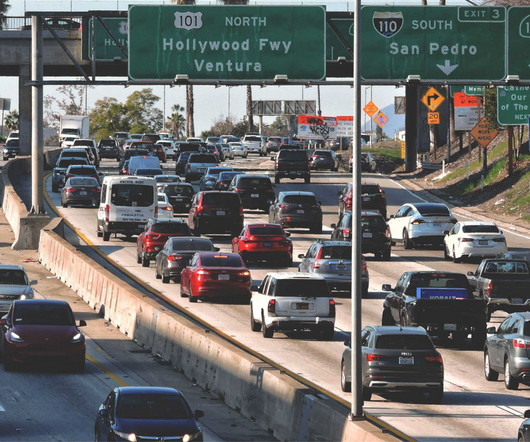
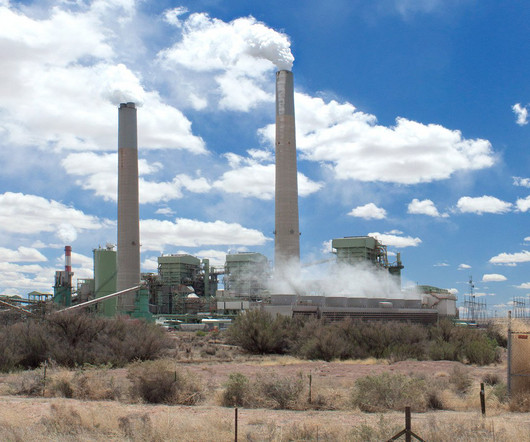


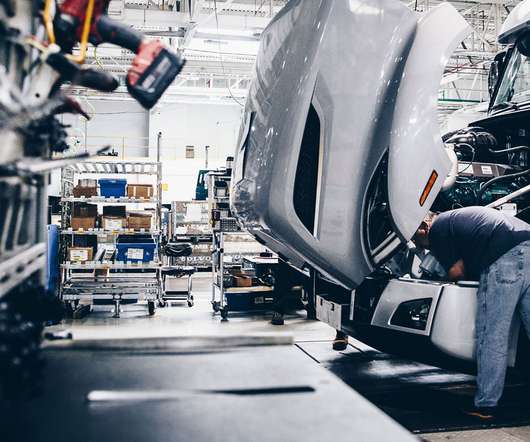

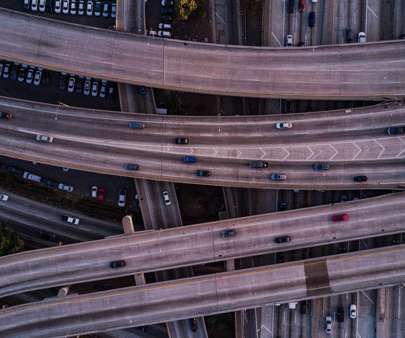
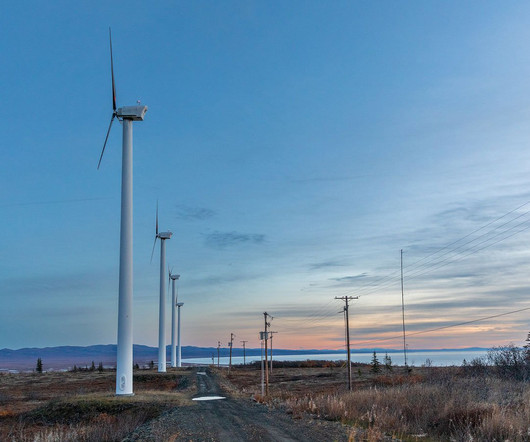


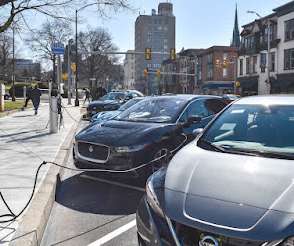




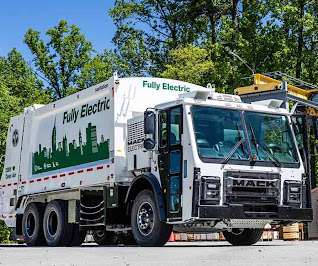












Let's personalize your content